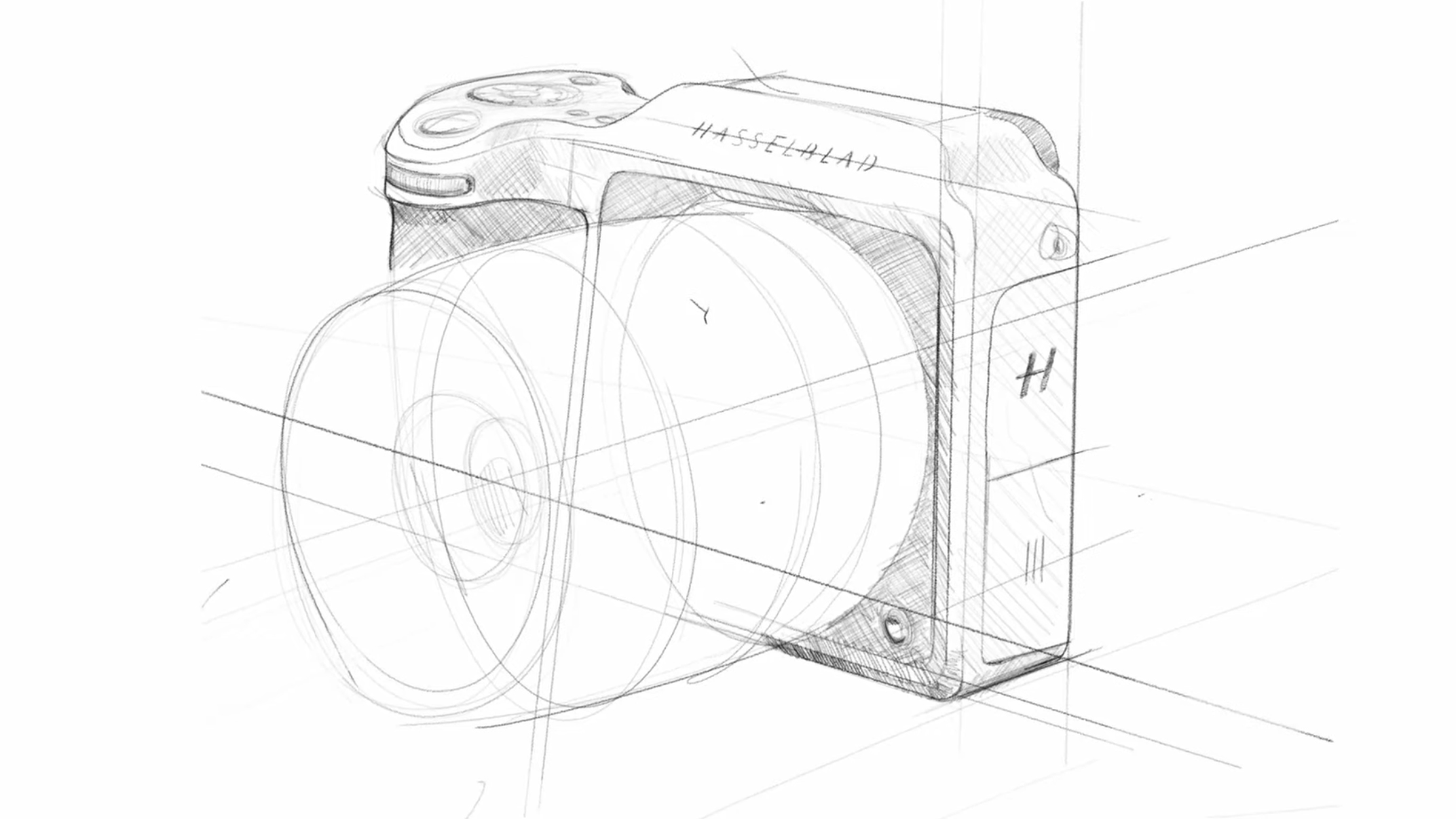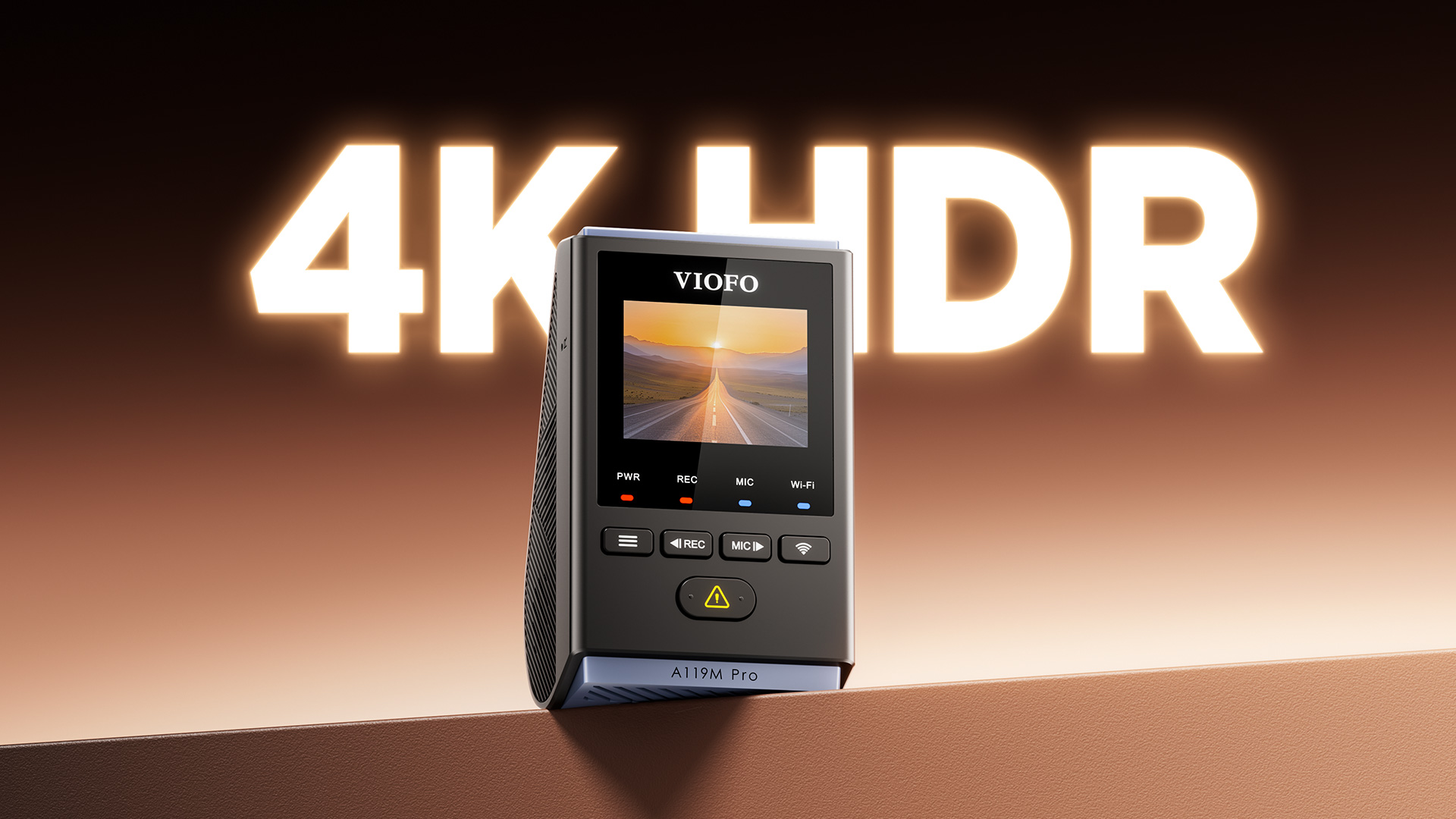Hasselblad explains the design ethos behind its gorgeous mirrorless cameras
Hasselblad's mirrorless cameras are among the most beautiful in the world – Hasselblad explains its design ethos

For decades, Hasselblad has made some of the most covetable cameras in the world. And of course, there are many reasons for this.
Hasselblad has a reputation for making some of the best medium format cameras – a reputation so fiercely earned that Hasselblad cameras have been to space, with NASA even specially modifying Hasselblad bodies to take the moon landing photographs and becoming the first cameras on the moon.
They are also regarded as some of the best professional cameras, making them one of the primary choices for working professionals who demand the very best in image quality.
There is, however, something else that makes Hasselblads some of the most lusted-after cameras on the planet (and, indeed, on the moon): their design. In particular, the Hasselblad X1D – the world's first mirrorless medium format camera – and the Hasselblad X1D II are absolute works of art, not to mention two of the most comfortable cameras we've ever used.
It's the culmination of Swedish design principles that have been shaped and sculpted for generations by the manufacturer's distinctly European ethos. And this is something that Hasselblad has explored in a new video (below).
"Our starting point was not the design of the camera itself, but the development of a design language that we could apply to all new Hasselblad products, including the second-generation X1D II and Hasselblad 907X," explains the video. "These principles include iconic design, Scandinavian sensibility and beautiful performance.
We wanted to create a high-performance product with a well-defined personality that would connect to the essence of Hasselblad by using the original, classic V-system as a reference. You can see the family resemblance when looking straight-on at the X1D, with the circle and the square form and wide Hasselblad nameplate above."
The best camera deals, reviews, product advice, and unmissable photography news, direct to your inbox!
While short, the vid gives an insight into all manner of little details about the X1D cameras – including the seemingly curious choice of a bright orange shutter button.
"As we developed different color palettes for the X1D, we were inspired by Swedish landscapes. Among the blue hues of the colder Scandinavian weather there's the warm contrast of the Swedes' countryside cabins, which gave us the idea to bring this color accent to the camera shutter button and create a signature element that balanced the design. "
It's well worth a watch, and is the first of an ongoing series with plenty more information that will surely make you covet a Hasselblad even more!
Read more:
Best Hasselblad lenses
Hasselblad X1D review
Hasselblad X1D II review
Hasselblad 907X review
Sony wins mirrorless race, beating Canon and Nikon

James has 25 years experience as a journalist, serving as the head of Digital Camera World for 7 of them. He started working in the photography industry in 2014, product testing and shooting ad campaigns for Olympus, as well as clients like Aston Martin Racing, Elinchrom and L'Oréal. An Olympus / OM System, Canon and Hasselblad shooter, he has a wealth of knowledge on cameras of all makes – and he loves instant cameras, too.

